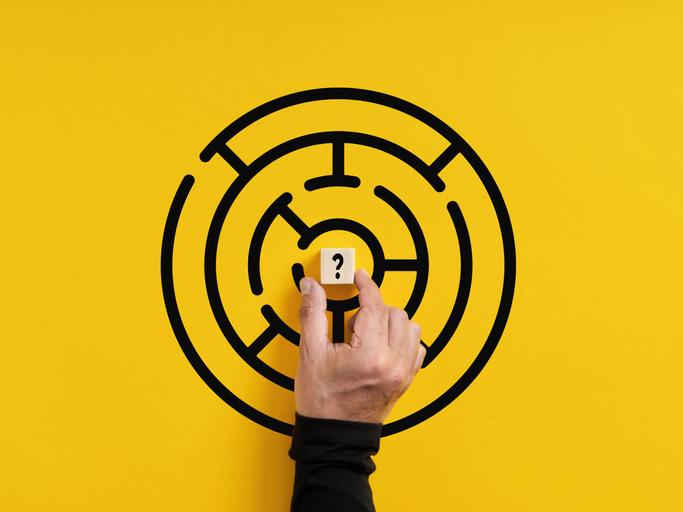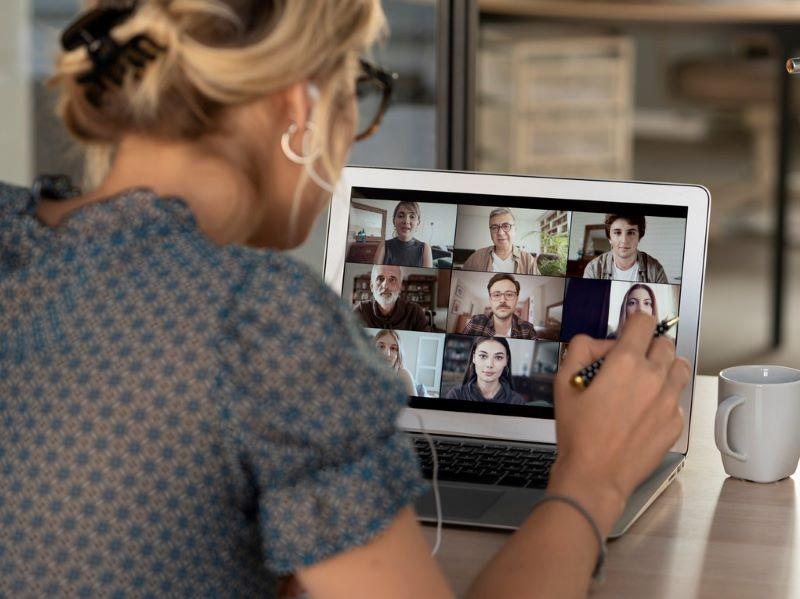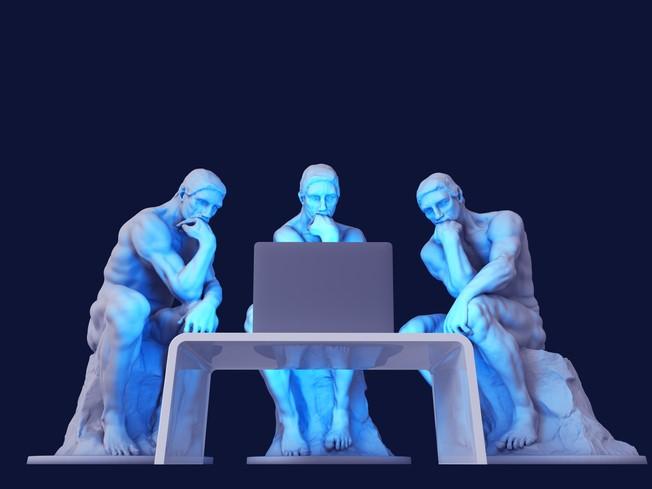Employers are increasingly demanding new skills, leading to the rise of the term “skills of the future”. As such, one of the key objectives of modern teaching is the development of transversal future skills, which can include anything from ethics and collaborative ability to written and oral skills to critical thinking and digital skills – as well as many others that have moved from being seen as specific or disciplinary abilities to being placed under the “soft skills” umbrella.
As a teacher, it’s important to think about how we can develop skills that give graduates a competitive advantage. There are many modern challenges that require specific skills, for example those that are aligned with the SDGs, including actions against climate change, actions to implement renewable energies, social improvement, and/or gender equity, not to mention the creation of sustainable cities. All of these demand a new way of teaching, while unplanned events such as the pandemic have also played a key part in transforming education by hastening the requirement for digital skills for both students and teachers, which they may not have had at the onset of Covid-19.
Challenge-based learning: the key solution
The didactic technique of challenge-based learning (CBL) is a key method of equipping students with the skills needed to flourish in university and beyond. This approach requires students to solve real-world challenges, preferably drawn from situations that are relevant and related to their environment.
Unlike requiring students to carry out a standard project, CBL brings with it a high level of uncertainty. It is also likely to require a multidisciplinary team, as well as an alteration to the role of the teacher, who becomes more of a mentor or a partner to the students. Evaluation also focuses more on the development of competencies than the results of solving the challenge. So let’s be clear: being a teacher who teaches using CBL requires special preparation, especially in the different methods of competency assessment.
- Show off students’ employability with e-portfolios
- Challenge-based learning: design and delivery in undergraduate courses
- Designing back: building scenarios to engage students with global challenges
Designing the challenge: the role of the training partner
The teachers involved in CBL can certainly design the challenges themselves; however, this increases the risk of the work becoming more of a standard university project. The ideal is to have a training partner, which can be a company, a non-governmental organisation/charity, a government department or another type of entity. The common denominator is that the training partner agrees to collaborate with the university and take on the preparation of the students and the materials with the seriousness they would apply to training their own people.
Working together
Admittedly, this set-up is often difficult at first – companies require results, they live on production, and they often do not have time to be testing solutions that are not going to solve a problem. That is often the teacher’s first task: to get buy-in and work together with the training partner to create an adequate challenge. This might require the teacher to convince the training partner that the development of these students’ competences has a mutual benefit, perhaps in terms of analysis of a problem for which they do not have specialised human resources, not to mention creating a more highly skilled set of graduates for the workforce.
Evaluation
The evaluation strategies are essential here. They must always be clear, transparent and objective, and they need to be shared with the training partner. You must always be asking whether there is a better way to develop skills than exposing students to real, current challenges using the latest technology. Might it also mean advances in the production processes of a company? Is there a better way to teach concepts than using them to help solve a challenge? The results so far are encouraging – the capture and retention of concepts by students who have taken part in CBL experiences are higher than for those students who have been taught using traditional methods in the classroom.
The future of CBL
More and more universities globally are adopting this didactic technique as a strategy. Eindhoven University of Technology, in the Netherlands, even has a specific innovation space for solving challenges. Meanwhile, Dublin City University in Ireland is about to start programmes based on CBL, as is Hamburg University of Technology in Germany, where there is even a school of engineering based on CBL.
Currently, our school, the Monterrey Institute of Technology, is ranked fifth in the Top Undergraduate Schools for Entrepreneurship Ranking, published by the Princeton Review and Entrepreneur magazine. It is the first university from outside the US to make the top five, and I’m certain that our commitment to implementing CBL has a lot to do with it.
Jorge Membrillo-Hernández is a researcher in the Institute for the Future of Education at Monterrey Institute of Technology, Mexico.
If you found this interesting and want advice and insight from academics and university staff delivered direct to your inbox each week, sign up for the newsletter.




comment